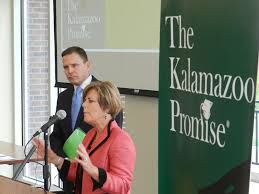Michigan Has More Registered Voters Than Eligible Citizens In 53 Counties, Says RNC Lawsuit
The Republican National Committee (RNC) filed a lawsuit Wednesday against Michigan Secretary of State Jocelyn Benson, alleging the state’s voter rolls are inflated with ineligible voters. The suit claims that 53 of the state’s 83 counties have more registered voters than they do residents who are eligible to vote. Twenty-three other counties also allegedly have “suspiciously high” voter registration rates of 90 percent or more, which does not comport with the nationwide voter registration rate, according to the suit.
The Public Interest Legal Foundation (PILF) lodged a similar suit in 2021 that was recently tossed out after the court ruled the state was removing dead voters from its rolls and therefore was not in violation of the NVRA. PILF filed the suit after Benson allegedly failed to remove roughly 26,000 dead voters from the rolls in 2020.
The suit claims that 53 of the state’s 83 counties have more registered voters than they do residents who are eligible to vote. Twenty-three other counties also allegedly have “suspiciously high” voter registration rates of 90 percent or more, which does not comport with the nationwide voter registration rate, according to the suit. The RNC sent a letter to Benson in December notifying the state of “78 Michigan counties that are in violation of section 8 and formally requesting that they correct the violations within 90 days,” the lawsuit notes.
More From The Federalist:





